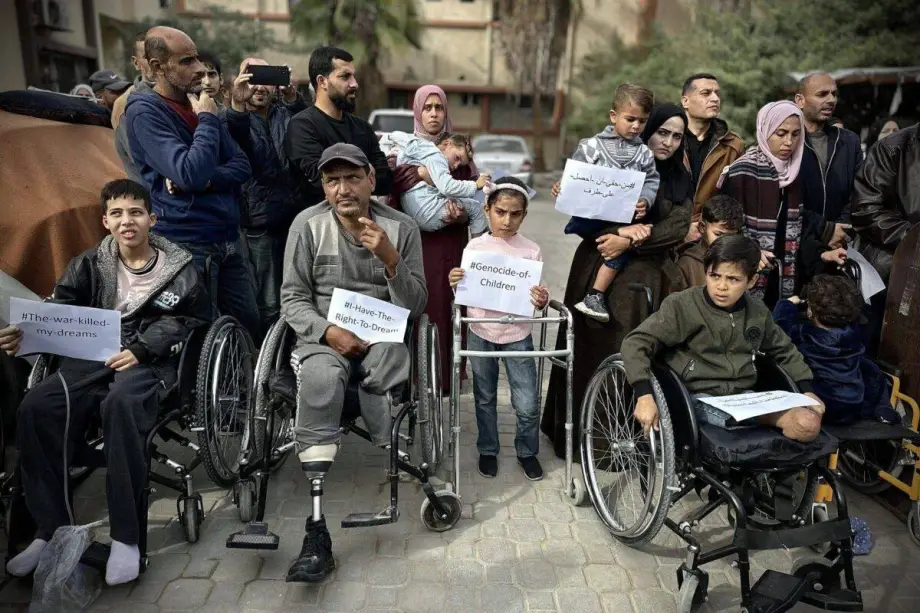In the war-ravaged landscape of Gaza, the toll on children continues to rise in staggering and heartbreaking ways. Each day, an estimated 10 children suffer the traumatic loss of one or both legs, a figure that underscores the brutal impact of ongoing violence on the youngest and most vulnerable.
Amid the relentless bombings and clashes, hospitals and makeshift clinics are overwhelmed with the sheer volume of trauma cases, many involving crushed limbs, shrapnel wounds, and amputations. Medical professionals describe scenes of chaos, where the cries of injured children echo through overcrowded wards, and families scramble to find treatment in a health system that is nearing collapse.
More than 134,000 individuals have sustained war-related injuries since the escalation of hostilities, and over 40,000 of them are children. These wounds are not just physical — they carry long-term psychological scars, from the sudden loss of mobility to the trauma of experiencing war up close. Many of these children will require prosthetics and extensive rehabilitation, services that are in short supply due to the blockade and destruction of medical infrastructure.
The injuries are not limited to visible wounds. Over 35,000 people are believed to be suffering from significant hearing loss caused by the constant shelling and explosive detonations. Experts say the long-term effects of such damage could hinder speech development in children and limit their educational and social development.
Injuries that would be treatable in other parts of the world often become life-altering or fatal in Gaza due to the lack of basic medical supplies, fuel shortages, and destroyed facilities. Power cuts and limited access to clean water have further strained hospitals and humanitarian operations, making it nearly impossible to offer proper postoperative care. The few functioning medical centers are frequently overwhelmed, with operating rooms working around the clock, often in unsanitary and under-equipped conditions.
Families now face the impossible task of caring for severely injured children in homes that have also been damaged or destroyed. Many are living in shelters, tents, or crowded relatives’ homes. Access to psychological support is minimal, yet the mental health burden grows with each passing day. Children wake up screaming from nightmares, afraid of loud noises, and haunted by the memory of attacks that changed their lives forever.
The cumulative toll of these injuries represents more than just statistics. Each case is a story of a life altered — of a child who once ran, played, and dreamed, now navigating a world of pain, silence, or immobility. Entire generations are being shaped by war, growing up with physical disabilities, emotional trauma, and disrupted education.
As conflict continues to rage, the prospects for healing — physical or emotional — remain grim. The damage inflicted on these children is not only a humanitarian catastrophe but a warning of the long-term consequences that will ripple through Gaza for decades to come. Without immediate and sustained intervention, thousands more face the risk of losing their limbs, their senses, or even their futures.

